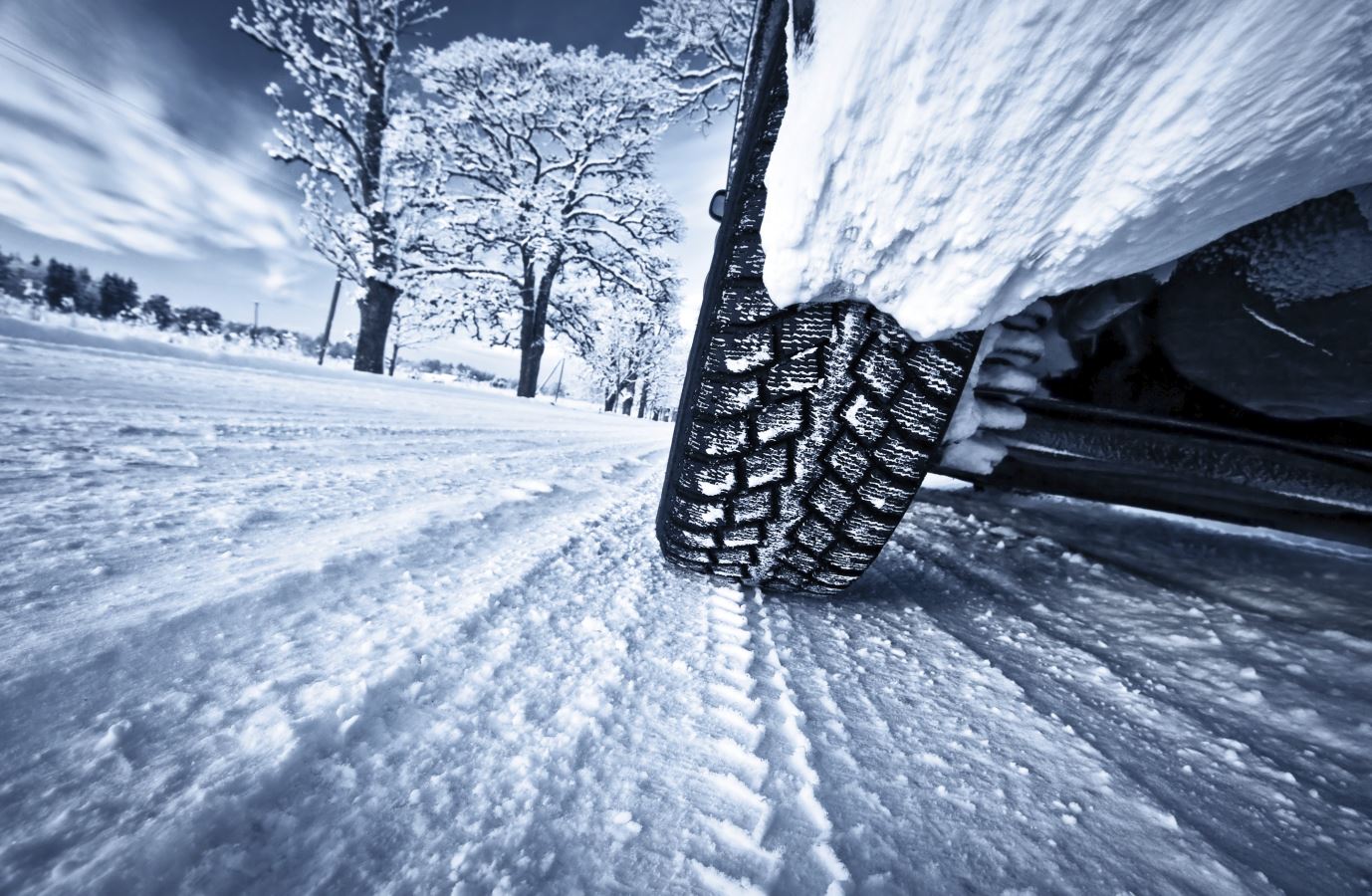
Most drivers will never encounter Arctic landscapes like the drivers on the Ice Road Truckers television show, but many can still expect challenging driving conditions in their neck of the woods come winter. Even areas that rarely get snow and ice sometimes get heavy doses, catching many drivers off guard. Here are a few helpful tips from Sears Imported Autos for surviving winter roads.
Chill Out With Common Sense
As the adage says, common sense often isn’t common at all. During the winter, this saying seems true as drivers often seem oblivious to the dangers they face from roads covered in ice and snow. Some simple principles can help drivers safely reach their destinations.
- Slow down. Vehicle speed intensifies the danger of icy and snow-covered roads.
- Increase following distances to allow more time to react if a car begins to lose control.
- Drivers should turn their headlights on during the day so other cars can see them better.
- Clear windows before leaving home. Hindered driver vision can cause needless wrecks.
- Avoid overconfidence. Vehicles with 4-wheel drive can have trouble stopping and steering in icy conditions, just like any other car.
- Don’t venture out in cars with worn-out tires.
Stay Cool When You Skid
When ice and snow are on the road, skidding can cause serious problems. Whether you're in a front- or rear-wheel drive car, the response to skidding should be the same. When the rear wheels of a car skid, drivers should turn their steering wheel in the direction they want the car to go. Drivers should steer left if the back wheels slide left. Similarly, drivers should steer their car right if the rear wheels skid right. If the rear wheels start sliding the other way while recovering from the skid, drivers should respond likewise.
While regaining control of their car, drivers should keep constant pressure on the brake pedal if their car has anti-lock brakes. Drivers of cars that do not have anti-lock brakes should gently pump the brake pedal while the car recovers.
When the front wheels skid, experts recommend taking your foot off the gas pedal and placing the transmission in neutral before changing your steering. As the car slides left or right, drivers should steer the car in the direction they want the car to go. As drivers regain control, they should re-engage the transmission and then slowly accelerate.
Be Patient When Stuck
Drivers stuck in snow should clear their wheels by moving them back and forth. One way to increase traction is to sprinkle cat litter, sand, gravel, or salt around the wheels before gently accelerating. If necessary, drivers can rock the car backward and forward in an effort to break free from a rut.
Add Weight To Rear-Wheel Drive Cars
On the ice, front-wheel drive cars often stay in control better than others because the engine helps keep the drive wheels on the ground. Drivers with rear-wheel drive cars can store sand, gravel, or kitty litter in their trunk to help improve traction if their back wheels spin and skid.
Don’t Assume Other Cars Will Stop
With ice and snow on the road, other drivers may not stop at red lights and stop signs because they fail to allow enough stopping distance. Drivers who drive defensively and avoid risky assumptions about other drivers tend to stay safe--and that goes double for wintry conditions.

